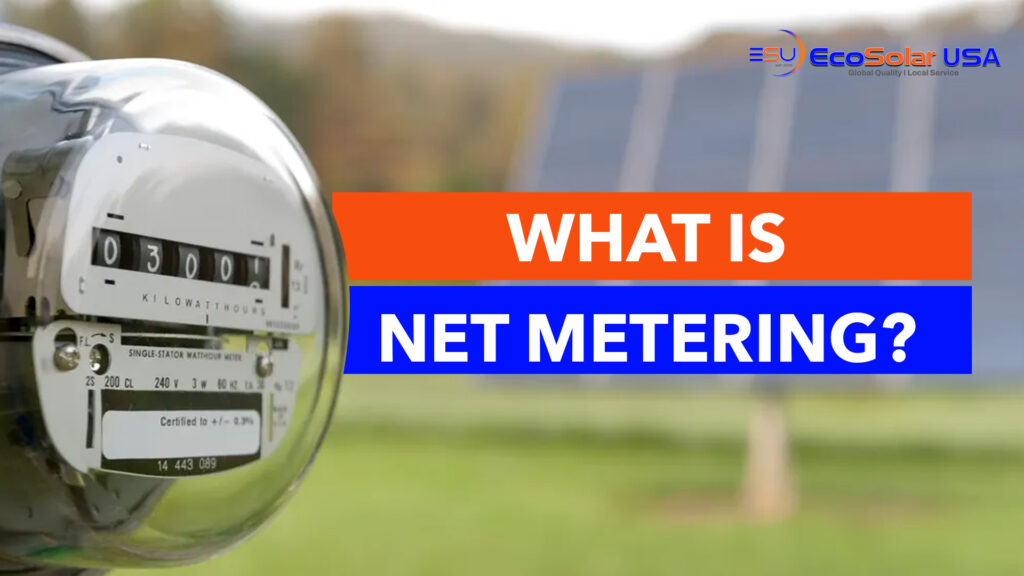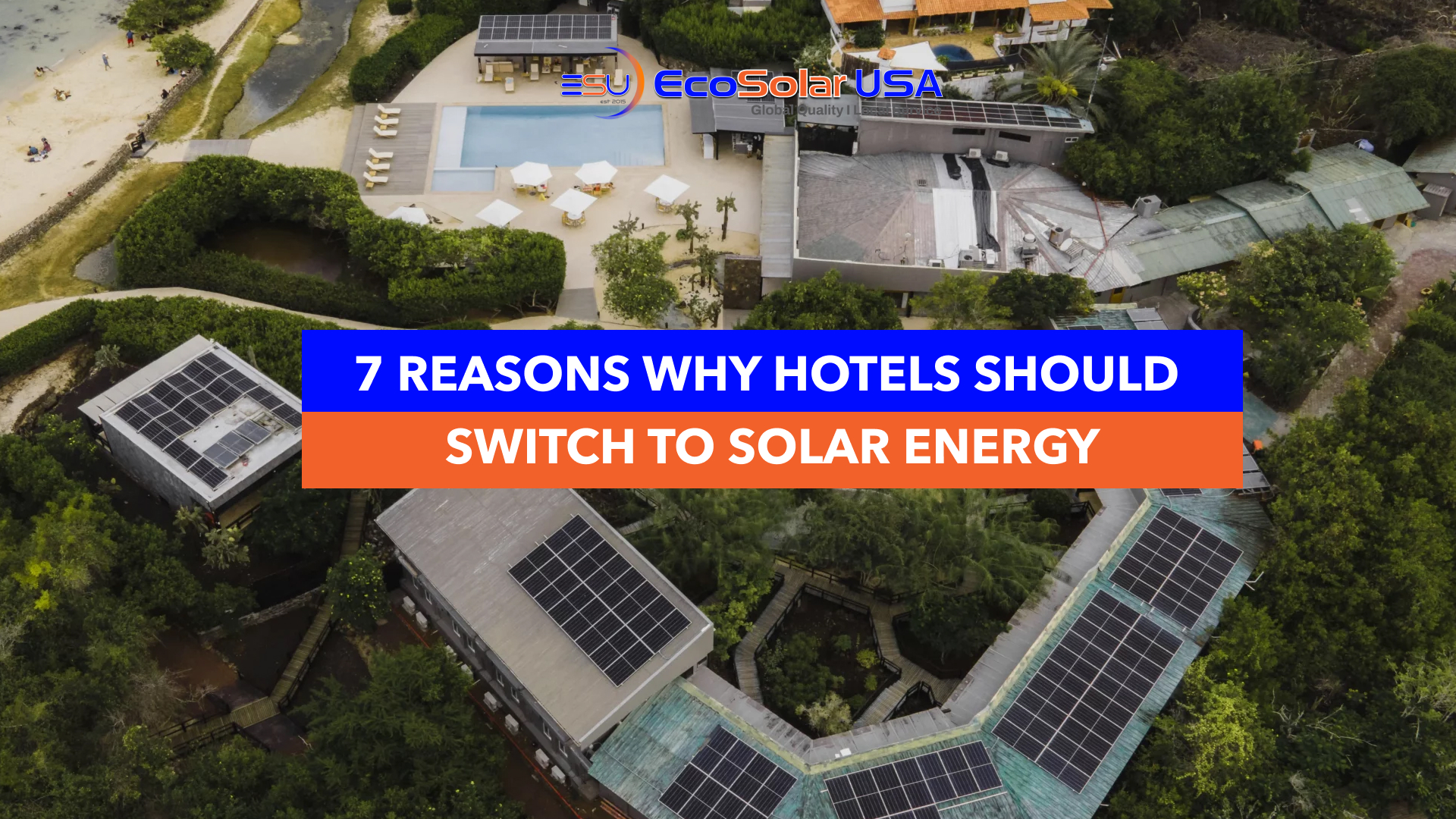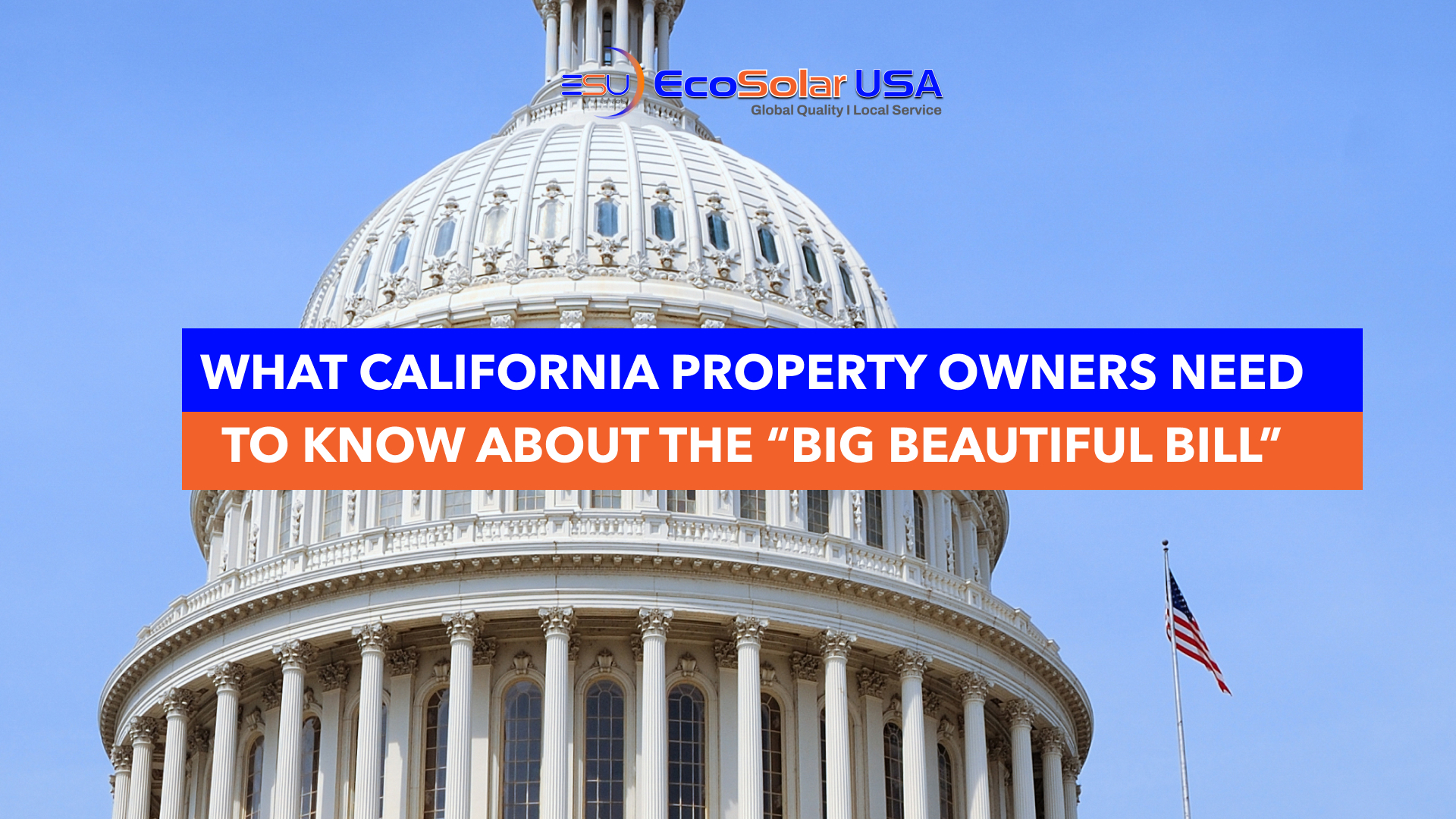
If you’re thinking about switching to solar power in California or Texas, understanding net metering is essential. It’s one of the most valuable policies that makes solar financially rewarding for homeowners — letting you earn credits for the extra electricity your panels produce.
Let’s break down what net metering is, how it works, and what it means for homeowners in these two solar-rich states.
What Is Net Metering?
Net Metering (NEM) is a billing program that allows homeowners with solar panels to send excess energy back to the grid and receive credits from their utility company. Those credits offset the electricity you pull from the grid when your panels aren’t producing — like at night or on cloudy days.
In short:
When your solar panels make more energy than you use, your meter “spins backward.”
When you use more than you generate, it “spins forward.”
At the end of the month, you only pay for the net difference.
How Net Metering Works (Step by Step)
- Your solar panels produce electricity during the day.
- You use what your home needs in real time.
- Extra power flows back into the grid, and you get kWh credits.
- Later (at night or when solar is low), you draw electricity from the grid. Those previous credits reduce what you owe.
- You’re charged only for your net usage.
Example:
- Your system exports 400 kWh in a month.
- You import 350 kWh from the grid that same month.
- Result: 50 kWh credit rolls forward to next month.
Net Metering in California: NEM 3.0 Explained
California has long been a solar leader, but as of April 2023 the state transitioned to Net Energy Metering 3.0 (NEM 3.0).
🔍 How it works:
- Homeowners still export excess solar power to the grid.
- Credit rates are lower than under the previous NEM 2.0 – they are now tied to hourly “avoided cost” rates rather than full retail.
- Because of this change, many homeowners now pair solar systems with battery storage to make the most of their generation and avoid exporting at lower credit rates.
Why it still works:
Even though export credits have dropped, the high utility rates in California (often $0.35–$0.45 per kWh) mean homeowners still have strong savings potential when properly configured.
Utilities covered:
- Southern California Edison (SCE)
- Pacific Gas & Electric (PG&E)
- San Diego Gas & Electric (SDG&E)
These utilities each implement NEM 3.0 within their service area.
Net Metering in Texas
Texas does not have a uniform statewide net-metering policy. Instead, many retail electricity providers (REPs) or local utilities offer solar buyback or net-billing style programs that work similarly.
🌟 Key examples:
| Utility / Provider | Program Type | Credit Policy |
| Austin Energy | Full retail net metering | 1:1 credit for excess solar |
| CPS Energy | Net billing | Export credits at wholesale or reduced rate |
| Oncor Electric Delivery / CenterPoint Energy | REP-based buyback plans | Credits vary by provider (often 8–12¢/kWh) |
Why it can still pay off:
- Electricity costs in Texas are rising, especially for homes with heavy A/C use.
- Long sunny seasons and large usage mean solar systems offset a big portion of the bill.
- The cost of solar has come down, improving the return even when credit rates are lower.
How Net Metering Impacts Savings
| Scenario | Without Solar | With Solar (Net Metering) |
| Monthly usage | 1,000 kWh | 1,000 kWh |
| Solar generation | — | 1,000 kWh |
| Grid import | 1,000 kWh | 300 kWh |
| Grid export | — | 700 kWh |
| Bill after credits | ~$250 | ~$40–$60 |
With a properly sized system, you can cut your annual electrical cost by 60–90%, and in favorable months even see a negative balance (credits carried forward).
Key Differences: California vs. Texas Net-Metering
| Feature | California (NEM 3.0) | Texas (Varies by provider) |
| Program type | State-mandated net billing | Provider-specific net/buyback |
| Credit value | Hourly avoided cost rate | Retail or wholesale depending on provider |
| Battery/storage advantage | High (due to lower export value) | Optional but adds resilience |
| True-up / billing cycle | Annual “true-up” date | Usually monthly rollover |
| Typical savings | ~60–75% reduction | ~50–70% reduction |
Preferred Equipment Partners
At Eco Solar USA, we partner with Tesla, Enphase, Maxeon, Hyundai, and other leading solar manufacturers. These brands help us deliver systems that are efficient, durable, and well-adapted to the local conditions in California and Texas.
Updated Solar Tax Credit Information
Federal Incentive
- The federal residential clean energy tax credit (often called the ITC) is currently 30% of the cost of a qualified solar installation. EnergySage+2EcoWatch+2
- Deadline: The system must be installed and placed in service by December 31, 2025 to qualify for the full 30% credit. After 2025, the credit for homeowners ends. PowerOutage.us+1
- This applies to both California and Texas homeowners because it’s a federal incentive.
California State & Local Considerations
- California does not have a separate statewide income tax credit for solar panels beyond the federal credit, but homeowners benefit from local and utility programs (battery rebates, net-metering credits). Solar.com+1
- Property tax exemption: In California, the added home value from a solar system is generally exempt from property tax reassessment under certain conditions.
Texas State & Local Considerations
- Texas does not offer a statewide residential solar tax credit or rebate for solar panels. enphase.com+1
- However, many cities/counties and utilities offer property tax exemptions or rebates for solar systems. For example, Texas law provides property tax exemption for certain solar systems. Solar.com
Is Your Home Eligible?
Before you install, make sure your home meets these core criteria:
- Roof orientation and condition (south or west-facing preferred)
- Minimal shading from trees/structures
- Monthly electrical usage high enough to justify solar (e.g., $100+ utility bill)
- Financing or cash purchase ability (so you can claim the tax credit)
- Awareness of your local utility’s net-metering or credit policy
Why Choose Eco Solar USA?
With over 10 years of experience in both California and Texas, Eco Solar USA brings local knowledge and quality service to your solar project.
- Offices and service teams in Garden Grove, CA and the Houston, TX region
- Full-service installation: design → permitting → installation → activation
- Work with top equipment brands: Tesla, Enphase, Maxeon, Hyundai, and more
Net metering is a powerful piece of the solar-economics puzzle — it lets you generate your own power, send excess to the grid, and reduce your net bill. While the specific policies differ between California and Texas, the opportunity to benefit is strong in both states.
Remember: the 30% federal tax credit ends December 31, 2025 for homeowner solar installations. If you’re considering going solar, now is the time to act.



